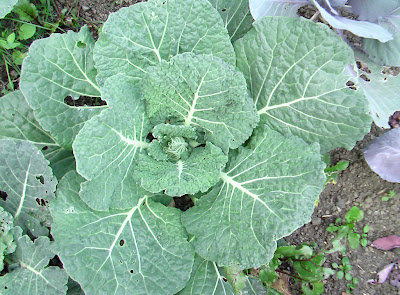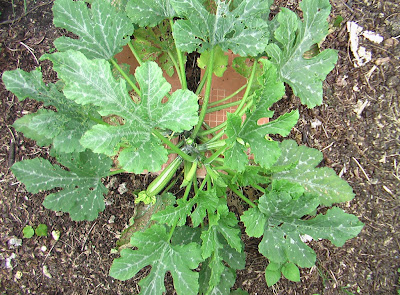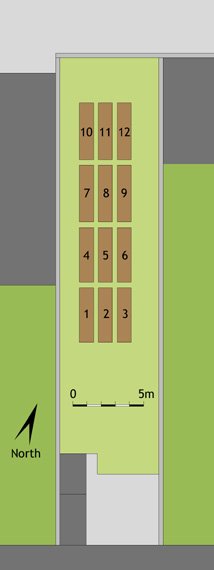Tuesday 28 August 2007
Week 35 - Bed 11

 A reasonable onion harvest, but not enough to bother drying for storage. In order to produce well, onions need a lot of fertility. This bed is now cleared of everything except the parsley, and we will sow some more seeds next week.
A reasonable onion harvest, but not enough to bother drying for storage. In order to produce well, onions need a lot of fertility. This bed is now cleared of everything except the parsley, and we will sow some more seeds next week.
Posted by
Bruce Darrell
0
comments
![]()
Week 35 - Bed 9



Posted by
Bruce Darrell
0
comments
![]()
Week 35 - Bed 8
All of the cabbages in this bed are doing well, though small for this time of year, and there have been no sign of any caterpillars.




Posted by
Bruce Darrell
0
comments
![]()
Week 35 - Bed 7

Posted by
Bruce Darrell
0
comments
![]()
Week 35 - Bed 4

There are many flowers ...


Posted by
Bruce Darrell
0
comments
![]()
Week 35 - Bed 2





Posted by
Bruce Darrell
0
comments
![]()
Week 35 - Bed 1




Posted by
Bruce Darrell
0
comments
![]()





